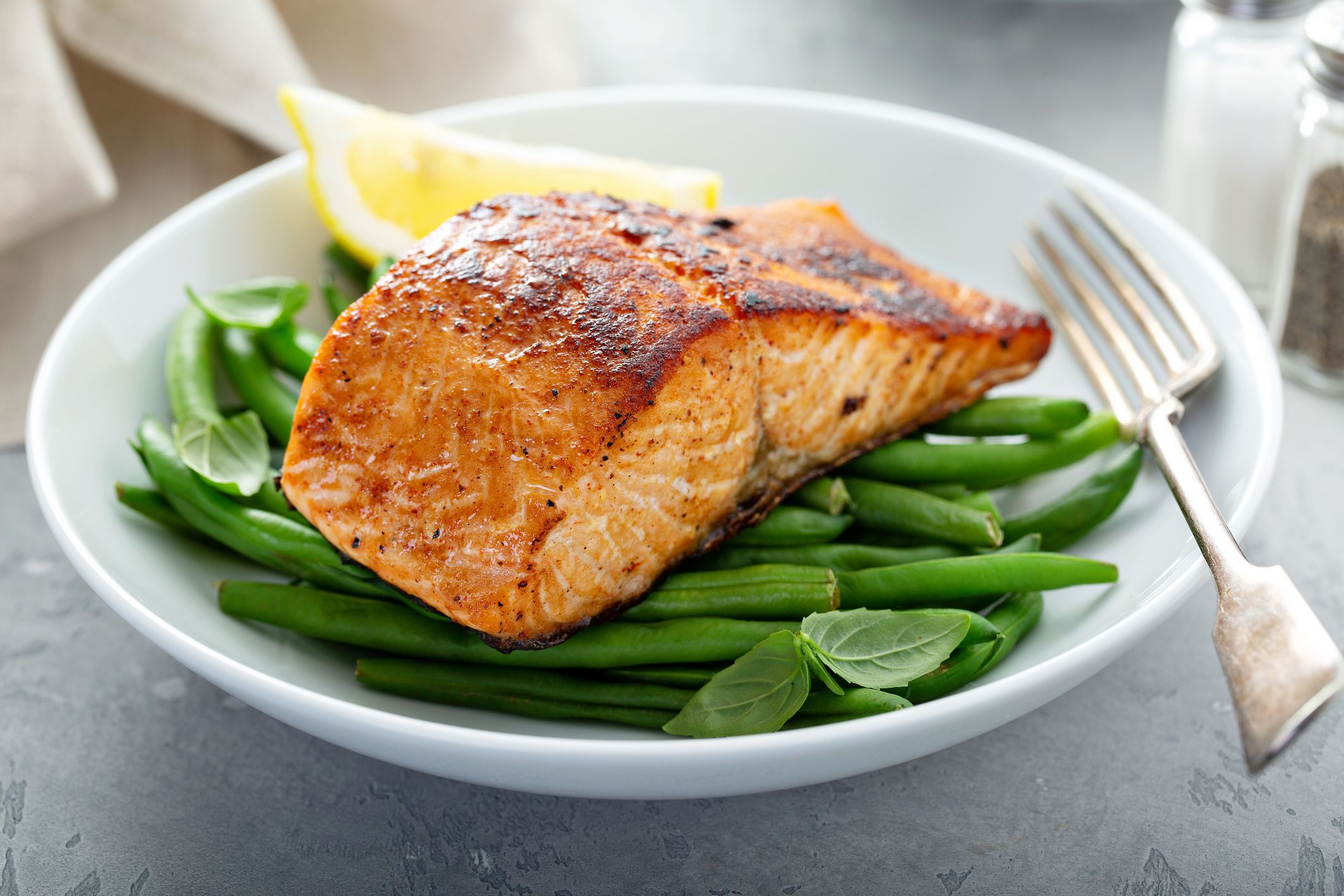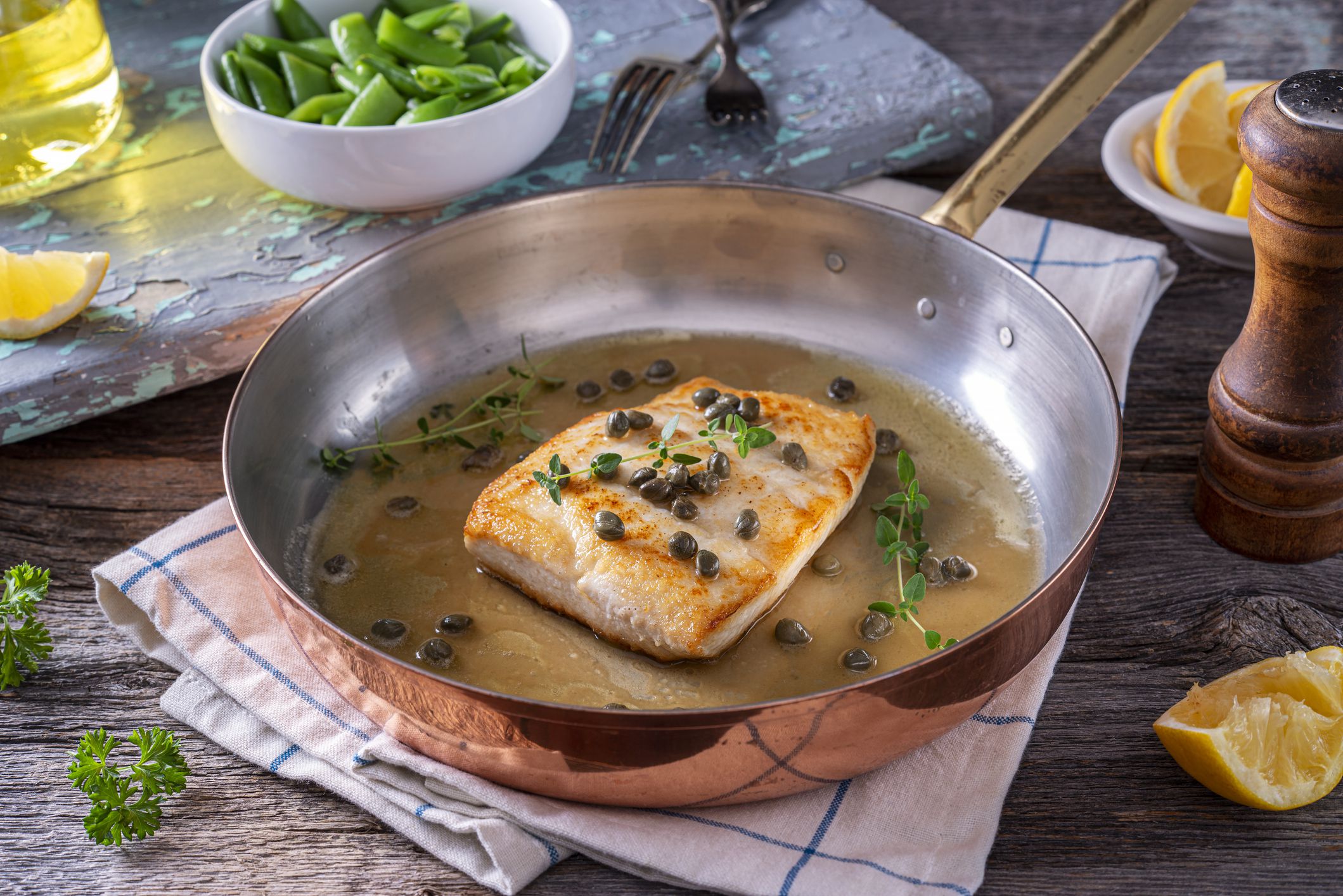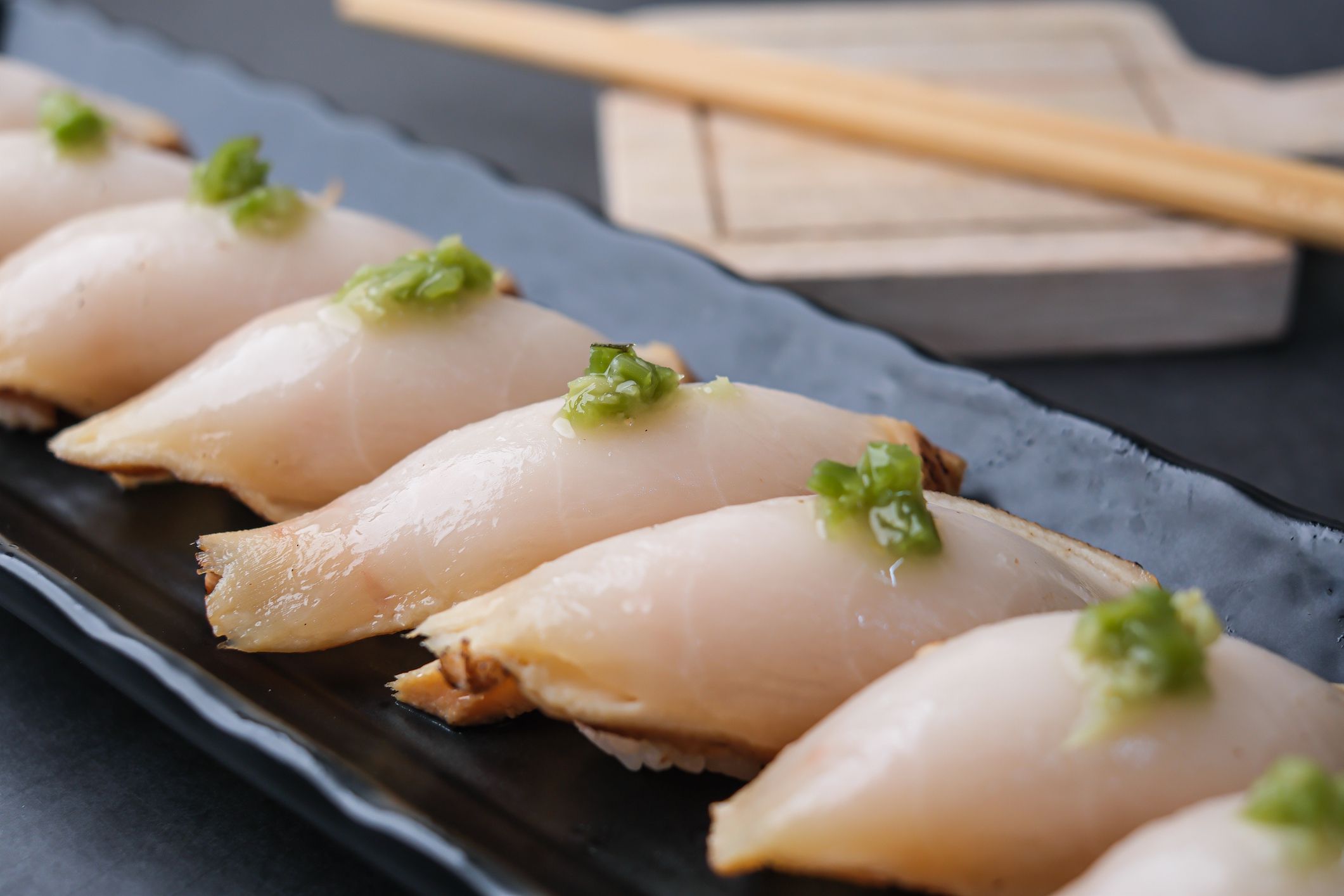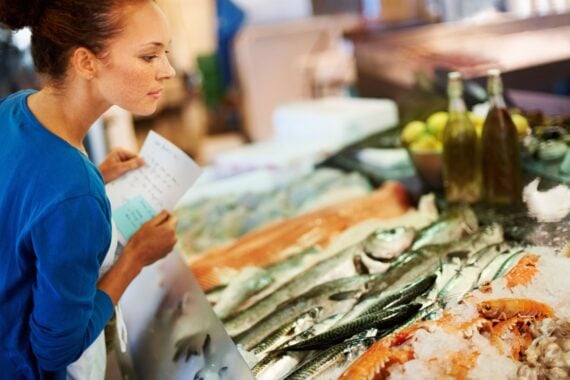As any trip to the fish market will reveal, seafood isn’t always cheap. Still, people like to eat it, and when there’s a seeming bargain on a particular variety, it’s like finding an affordable Ferrari. At least, that’s how it seems at first.
The reasons for the low prices can vary, but frequently, these affordable options have an origin story that reveals you should pass them by. Some are overfished, some are the product of poor sustainability practices, and some do gross things to your body that you are guaranteed not to enjoy.
So take a look at this list of 10 cheap fish to avoid, with suggestions for safer, healthier options that won’t break the bank.
1. Tilapia

According to WebMD, there are some potential hazards that come with eating tilapia. China is a popular source of frozen tilapia in the states, and the U.S. government has found “questionable practices in Chinese fisheries, including heavy use of antibiotics and cases in which farms have fed animal waste to farmed fish, which could lead to bacterial contamination.” Use wild-caught trout instead, which has a similar mild flavor and is more nutritious.
2. Atlantic Cod

Atlantic cod is caught on the New England coast, and according to Monterey Bay Aquarium Seafood Watch, it’s overfished in the U.S. and categorized as “endangered” in Canada. (However, it’s okay to buy it if it was caught in the Georges Bank or the Gulf of Maine.) The aquarium suggests buying Pacific cod caught in Alaska instead, where it isn’t being overfished.
3. Farmed Salmon

In 2022, Time called farmed Atlantic salmon “the most popular fish on dinner tables in North America,” but cautioned that they’re raised in overcrowded cages that are “rife with parasites and disease” and “doused regularly with pesticides and antibiotics.” Yikes. Opt for wild Alaskan salmon instead, which is low in contaminants and a natural source of omega-3 fatty acids.
4. Atlantic Halibut

According to Monterey Bay Aquarium Seafood Watch, eating Atlantic halibut is not advisable. It’s frequently caught in bottom trawls, and while it’s unknown whether it’s overfished, the site described it as “likely severely depleted.” Look for Pacific halibut or Dover sole as alternatives instead.
5. Chilean Sea Bass

You shouldn’t avoid Chilean sea bass simply because it’s overfished and caught using destructive methods. You should avoid it because it’s often not actually Chilean sea bass but Patagonian toothfish, according to Daily Meal. Its name was changed in the 1970s when it wasn’t selling under its real name. Try black cod instead, also known as sablefish.
Trending on Cheapism
6. Orange Roughy

According to no less an authority than the U.S. Food and Drug Administration (FDA), two groups of people are strongly discouraged from eating orange roughy – anyone who is or might become pregnant or breastfeeding, and children aged 1 year to 11 years old. It has very high mercury levels, which should be a good reason to avoid it whether you’re pregnant, breastfeeding, or a small child. Try barramundi instead, which has a similar texture and taste.
7. Swordfish

The FDA also says to stay away from swordfish for the same reason it advises staying away from Orange roughy – it contains high levels of mercury, making it a hazardous choice for pregnant women and children. The high mercury level also means it’s not a great choice for grown men, either. Try mahi-mahi instead for a lean, flavorful option that the FDA describes as a “good” choice in the same graphic that says to steer clear of swordfish.
8. King Mackerel

Like orange roughy and swordfish, the FDA says to stay away from king mackerel for its high mercury levels. The National Oceanic and Atmospheric Administration (NOAA) recommends getting your mackerel fix with Atlantic mackerel instead, which it calls “sustainably managed and responsibly harvested” under U.S. regulations.
Sign up for our newsletter
9. Atlantic Sturgeon

While Atlantic sturgeon doesn’t have the same issues with mercury content as other types of fish, NOAA says there are still issues with eating it. It’s severely overfished for caviar and meat and is listed under the Endangered Species Act. You are advised to turn your attention from this threatened fish and look for farm-raised sturgeon or roe instead.
10. Escolar

If only the problem with eating escolar was that it’s overfished. Nope, you should stay away from this fish because it may cause specific issues you won’t want to arise. According to Medical News Today, escolar contains wax esters, which human beings cannot digest. This leads to a condition known as keriorrhea, which the site defines as “oily, orange-colored stools.” You are better off eating an entire box of donuts instead, but since you’ll likely want a fish alternative, try black cod.





